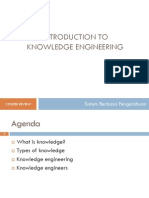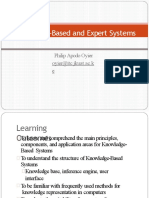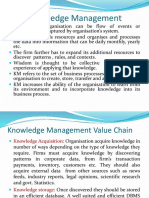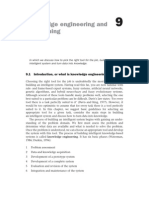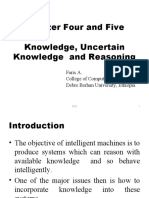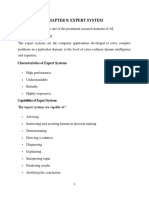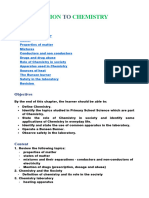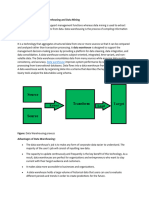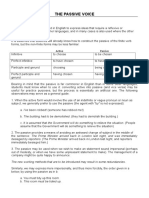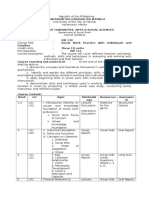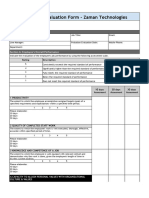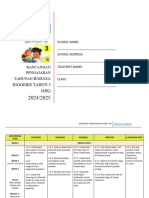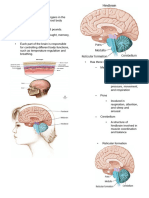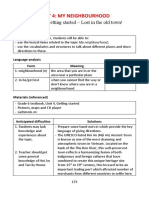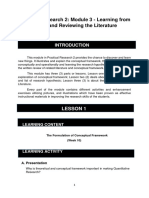0% found this document useful (0 votes)
54 views47 pagesKnowledge Engineering Overview
Knowledge engineering is the process of eliciting, structuring, formalizing, and operationalizing knowledge to create systems capable of complex problem-solving. Key components include knowledge acquisition, representation, inference mechanisms, validation, and maintenance, with applications in expert systems, decision support, and natural language processing. Challenges in the field involve knowledge acquisition, representation, validation, and ethical considerations, necessitating interdisciplinary collaboration and continuous adaptation.
Uploaded by
Jason KariukiCopyright
© © All Rights Reserved
We take content rights seriously. If you suspect this is your content, claim it here.
Available Formats
Download as PPTX, PDF, TXT or read online on Scribd
0% found this document useful (0 votes)
54 views47 pagesKnowledge Engineering Overview
Knowledge engineering is the process of eliciting, structuring, formalizing, and operationalizing knowledge to create systems capable of complex problem-solving. Key components include knowledge acquisition, representation, inference mechanisms, validation, and maintenance, with applications in expert systems, decision support, and natural language processing. Challenges in the field involve knowledge acquisition, representation, validation, and ethical considerations, necessitating interdisciplinary collaboration and continuous adaptation.
Uploaded by
Jason KariukiCopyright
© © All Rights Reserved
We take content rights seriously. If you suspect this is your content, claim it here.
Available Formats
Download as PPTX, PDF, TXT or read online on Scribd
/ 47

